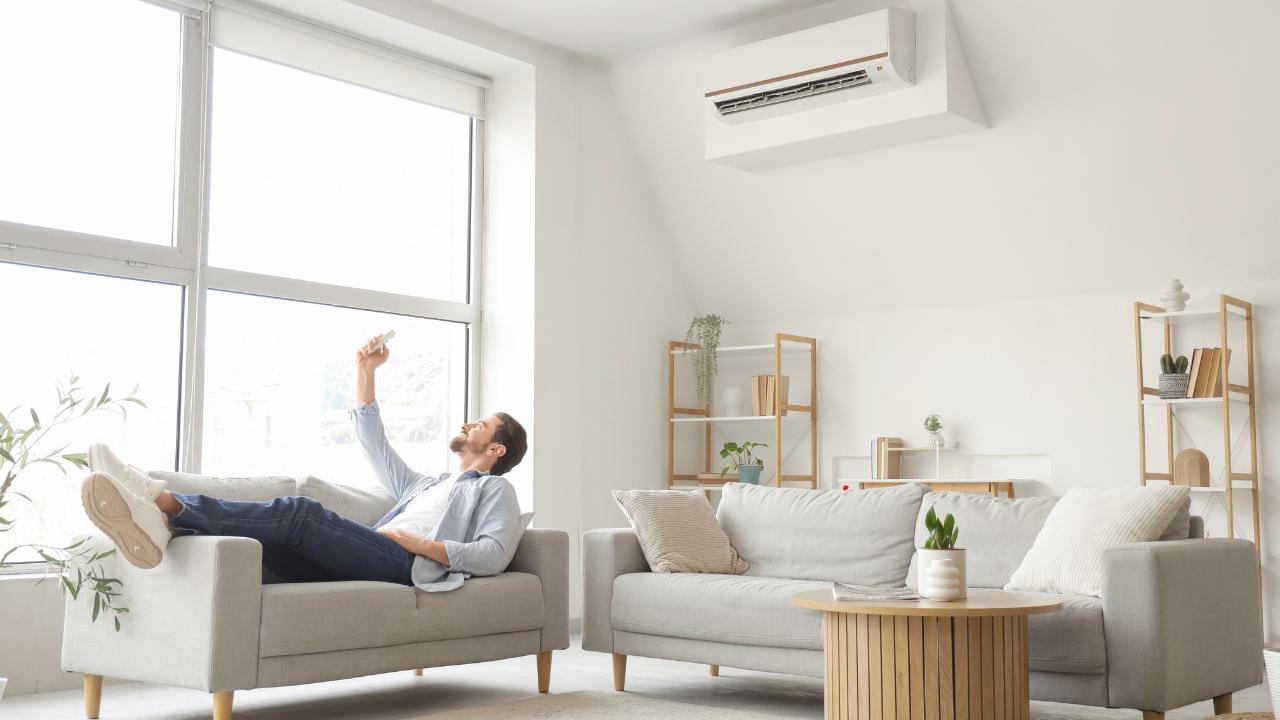
How to Size Your AC Unit for Maximum Comfort and Efficiency
Cooling your home shouldn’t feel like guesswork, yet plenty of homeowners make the mistake of choosing an AC unit based on price or brand alone. That’s a quick route to hot spots, high bills, and nonstop frustration. If you want real comfort and real efficiency, the right-sized system is non-negotiable. And working with an air conditioning contractor in Cedarburg WI early in the process can save you from expensive surprises.
In this guide, you’ll learn how proper sizing works, the biggest factors that affect it, and why partnering with pros like Champion Air Mechanical—a licensed HVAC company—makes the entire process easier, safer, and far more cost-effective.
Why AC Size Matters More Than You Think
Most people assume a bigger unit cools better. In reality, oversizing is just as bad as undersizing.
Here’s what happens when the size is wrong:
Oversized AC: Cools too fast, shuts off quickly, and never runs long enough to lower humidity. You get cold, sticky air and unnecessary wear and tear.
Undersized AC: Runs constantly, struggles to reach the set temperature, and sends your energy bills through the roof.
Both options: Burn more power than needed and shorten the lifespan of your system.
A properly sized AC works in balance—steady run cycles, consistent temps, and long-term reliability.
Key Factors That Determine the Right AC Size
Sizing an AC isn’t just about square footage. A technician evaluates your entire home’s thermal profile. Here are the big factors that shape the final recommendation:
1. Square Footage and Layout
The larger your home, the more cooling power you need. But layout matters too—open floor plans cool differently than segmented rooms.
2. Insulation Levels
Well-insulated homes hold cool air efficiently. Poor insulation forces your AC to work harder, which may require a slightly larger unit.
3. Window Placement and Sun Exposure
South- and west-facing windows bring in a ton of heat. Double-pane windows help, but the direction of sunlight heavily influences system size.
4. Occupancy and Heat-Producing Appliances
Every person in your home adds body heat. So do ovens, electronics, and lighting. All of this impacts your cooling load.
5. Local Climate and Humidity
Cedarburg’s summer humidity demands an AC that can run long enough to remove moisture—not just blow cold air.
Why Professional Sizing Always Beats DIY Calculations
Online calculators give rough estimates, and they’re often way off. Manual J load calculations—what real HVAC pros use—are detailed, accurate, and personalized to your home.
Professionals take the full picture into account, including:
Building materials
Insulation R-values
Shade and landscaping
Room-by-room airflow needs
Ductwork condition and sizing
This is the difference between “technically cool” and “comfort you can feel everywhere.”
Case Study: When Proper Sizing Fixed the Problem
A Cedarburg homeowner kept complaining that the upstairs felt humid even though their AC was “working.” After a full assessment, the technician discovered the previous unit was two tons too large. The system was short-cycling, blasting cold air fast but never removing humidity. Once the properly sized unit was installed, the home cooled evenly, energy costs dropped, and the customer finally stopped dealing with sticky summer nights. Proper sizing turned a frustrating experience into a comfortable one.
Final Thoughts: Precision Makes All the Difference
Choosing the right AC size is one of the smartest decisions you can make for comfort, efficiency, and long-term savings. Don’t rely on online charts or guesswork—get a system sized for your home, your climate, and your comfort needs.
Ready to keep your home cool without wasting energy? Get a professional assessment and size it right from the start.




